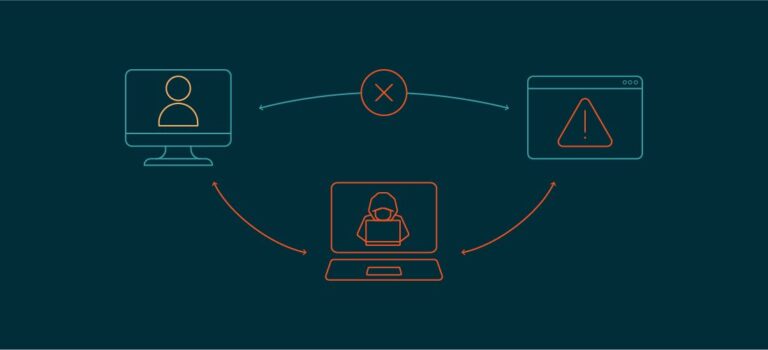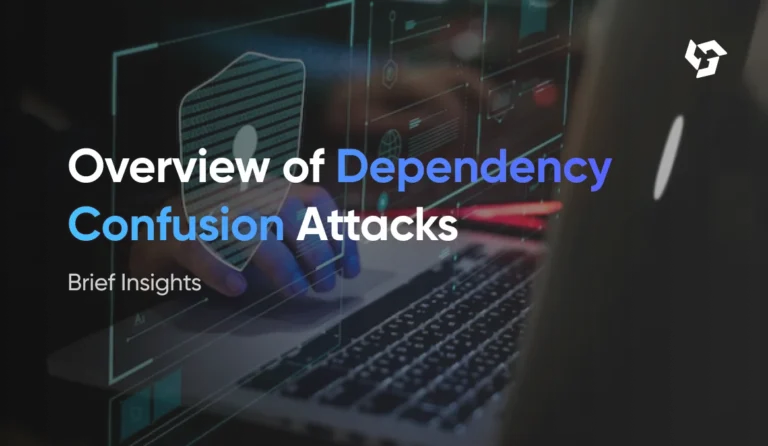Session Fixation: Understanding the Risk and Defending Your Web Applications
Introduction
In the complex world of web application security, sessions play a critical role in maintaining a user’s state and identity. Unfortunately, improper handling of these sessions can lead to severe vulnerabilities, one of which is Session Fixation. This vulnerability allows attackers to take over legitimate user sessions by exploiting weaknesses in the way session IDs are handled and assigned. This article delves into the concept of session fixation, explores how attackers exploit it, outlines preventive measures, and provides best practices for secure session management.
With a focus on SEO-friendly structure, this comprehensive guide (6000+ words) is designed for web developers, security professionals, and technical enthusiasts who want to ensure their web applications are protected against session-based threats.
What is Session Fixation?
Session Fixation is a type of attack that allows an attacker to hijack a valid user session by assigning a known session ID to a user. Unlike session hijacking, which requires intercepting a valid session ID, session fixation involves setting the session ID beforehand.
How It Works
- Attacker obtains a valid session ID from the target web application.
- The attacker lures a user into authenticating with that predefined session ID.
- Once the user logs in, the attacker uses the same session ID to gain access to the authenticated session.
Real-World Analogy
Imagine giving someone a hotel keycard before they check in. If they use the keycard you gave them and it grants access to their room, you now also have access to the same room using a copy of that keycard.
Why is Session Fixation Dangerous?
The main risk of session fixation is that it undermines user authentication. Even if a user successfully logs in with their credentials, they are still vulnerable if the session ID was already compromised.
- User Trust Violation: Users assume their sessions are secure after login.
- Security Compromise: Attackers gain full access to user data and privileges.
- Regulatory Risk: Breaches due to session fixation can lead to non-compliance with regulations like GDPR or HIPAA.
Attack Vectors
There are several methods attackers can use to perform session fixation:
- URL Parameters
- Session ID passed in URL (e.g.,
example.com/login?sessionid=12345) - Easily shared or embedded in phishing emails
- Session ID passed in URL (e.g.,
- Hidden Form Fields
- Session ID injected into form elements
- Submitted unknowingly by the user
- Cookies Manipulation
- If applications accept session IDs from cookies without validation, attackers can inject them.
- Cross-Site Scripting (XSS)
- Exploiting XSS to inject session ID into a legitimate user’s browser
Identifying Vulnerable Systems
Not all web applications are vulnerable to session fixation. Vulnerable systems typically:
- Don’t regenerate session IDs after login
- Allow session IDs in URLs
- Lack secure cookie flags (HttpOnly, Secure)
- Do not enforce session expiration
Tools for Identification:
- OWASP ZAP
- Burp Suite
- Manual testing and code review
Mitigation and Prevention
1. Session Regeneration
Always regenerate the session ID after successful login.
session_regenerate_id(true);
2. Use Secure Cookies
Set the HttpOnly, Secure, and SameSite attributes.
setcookie("sessionid", $id, [
'secure' => true,
'httponly' => true,
'samesite' => 'Strict'
]);
3. Avoid URL-based Session IDs
Never accept session IDs via GET parameters.
4. Implement Session Timeouts
Sessions should expire after a period of inactivity.
5. Enforce Strong Authentication
Use two-factor authentication (2FA) to reduce the impact of session theft.
6. Educate Users
Inform users not to click on suspicious links or log in through untrusted sources.
Best Practices for Developers
- Use framework-provided session handling mechanisms (e.g., Laravel, Django).
- Perform regular security audits.
- Enable Content Security Policy (CSP) to mitigate XSS.
- Validate all input data and sanitize output.
- Monitor session activities for anomalies.
SEO Optimization Tips for Secure Sessions
Improving web application security can positively influence your SEO:
- HTTPS everywhere: Search engines prioritize secure websites.
- Avoid duplicate content through session URLs.
- User trust metrics: Lower bounce rates and higher engagement.
- Compliance with Core Web Vitals improves rankings.
Session Fixation in Different Frameworks
PHP
- Vulnerable if session IDs aren’t regenerated.
- Mitigation:
session_regenerate_id()
Java (Servlets)
- Use
HttpSession.invalidate()andrequest.getSession(true)after login.
ASP.NET
- Use
Session.Abandon()and start a new session on login.
Python (Django/Flask)
- Django: Set
SESSION_COOKIE_SECUREandSESSION_EXPIRE_AT_BROWSER_CLOSE - Flask: Use
session.modified = Trueand regenerate session keys manually
Real-World Examples of Session Fixation Attacks
- 2002 BEA WebLogic flaw: Allowed attackers to fix session IDs using cookies.
- 2008 Ruby on Rails: Permitted session fixation through URL rewriting.
- 2015 Joomla vulnerability: Exposed users to session fixation due to improper session handling.
These incidents underscore the importance of secure session practices.
How to Test for Session Fixation Vulnerability
- Start an unauthenticated session and note the session ID.
- Send a login request and observe if the session ID changes.
- If the session ID remains the same, the application may be vulnerable.
- Use automated tools to scan for session handling issues.
Educating Your Team
Building secure applications requires a team-wide understanding of risks:
- Provide security training sessions
- Include security in code reviews
- Create internal documentation on session management
Compliance and Legal Considerations
- GDPR and HIPAA require user data protection.
- Failure to secure sessions could be seen as negligence.
- Protecting session integrity is part of overall data security compliance.
Conclusion
Session Fixation is a subtle yet dangerous vulnerability that can undermine even the most robust authentication mechanisms. By understanding how session fixation works and implementing the necessary protections, developers and organizations can secure their applications and protect user data.
Incorporating best practices such as session ID regeneration, secure cookie settings, and session timeouts are essential steps toward robust web application security. Education, regular auditing, and adherence to security standards and frameworks are equally important.
As web applications continue to evolve, so too will the threats against them. Maintaining vigilance against session-based attacks will ensure safer online experiences for everyone.
Need help testing your application for session fixation vulnerabilities? Consult with a web security expert or use tools like OWASP ZAP and Burp Suite to start your analysis today.






